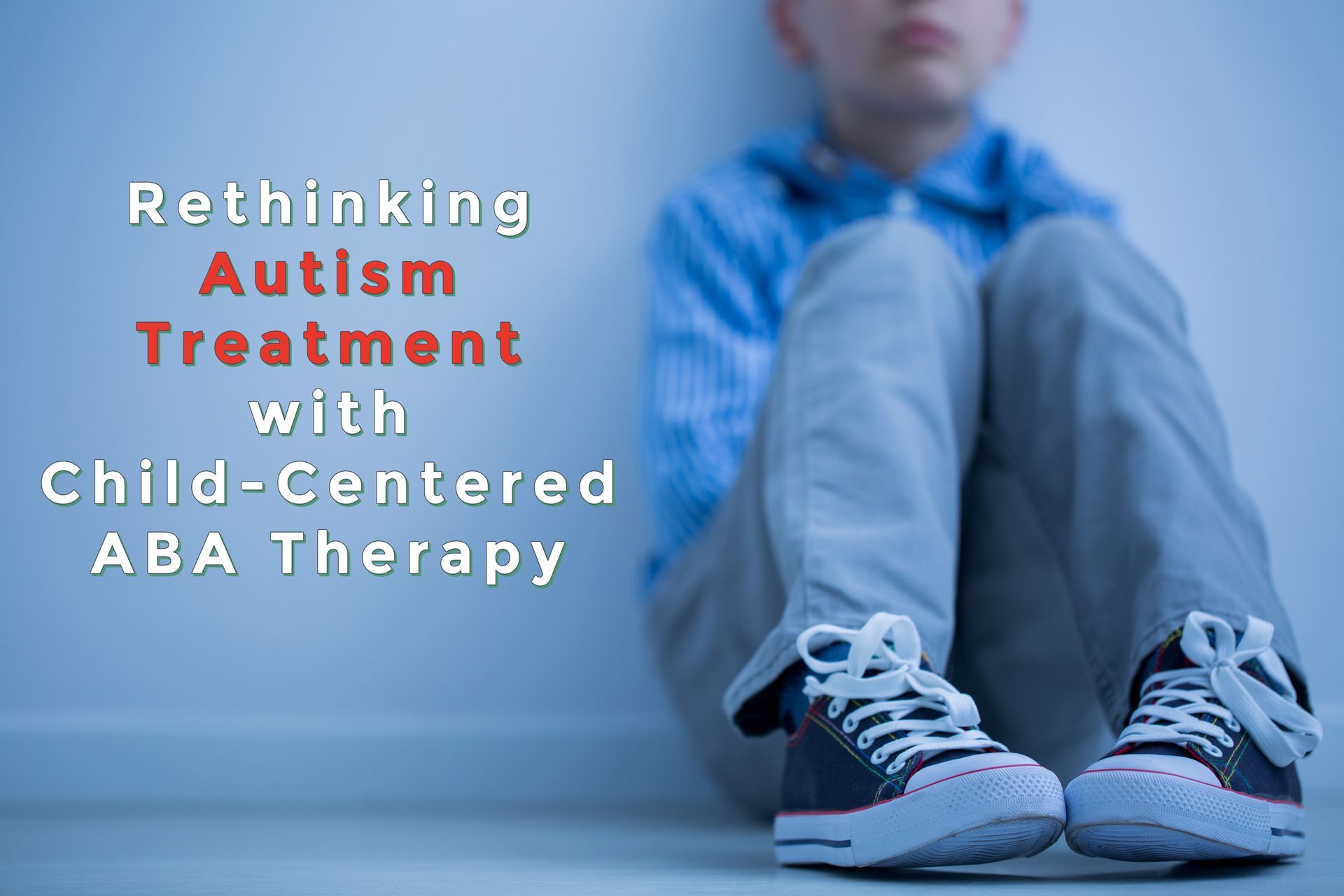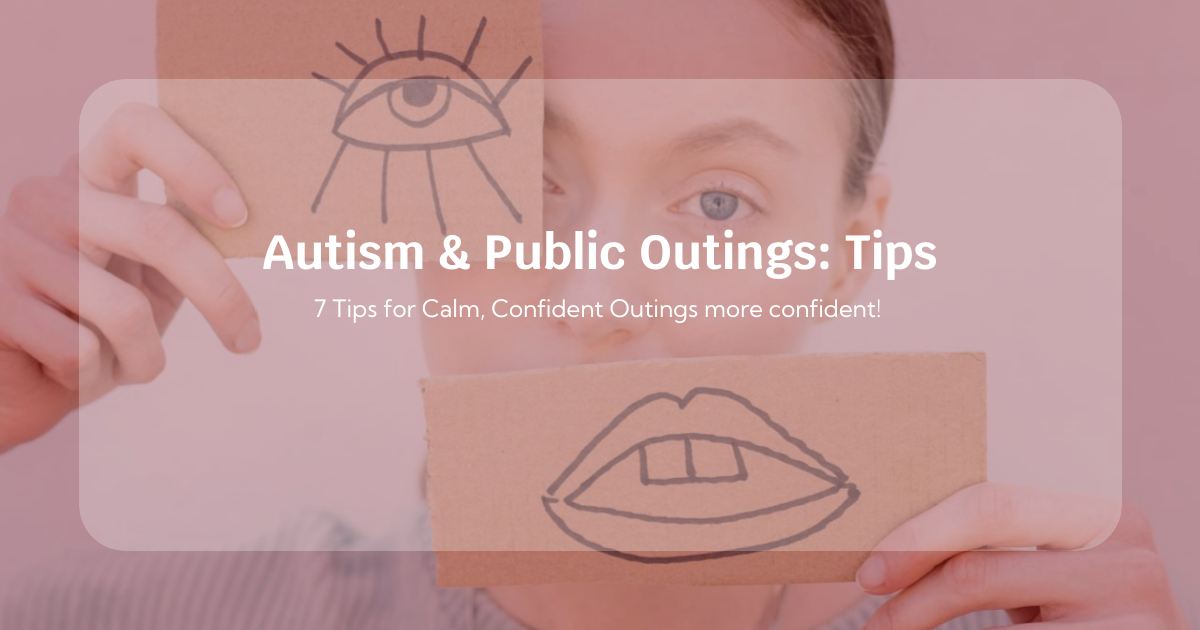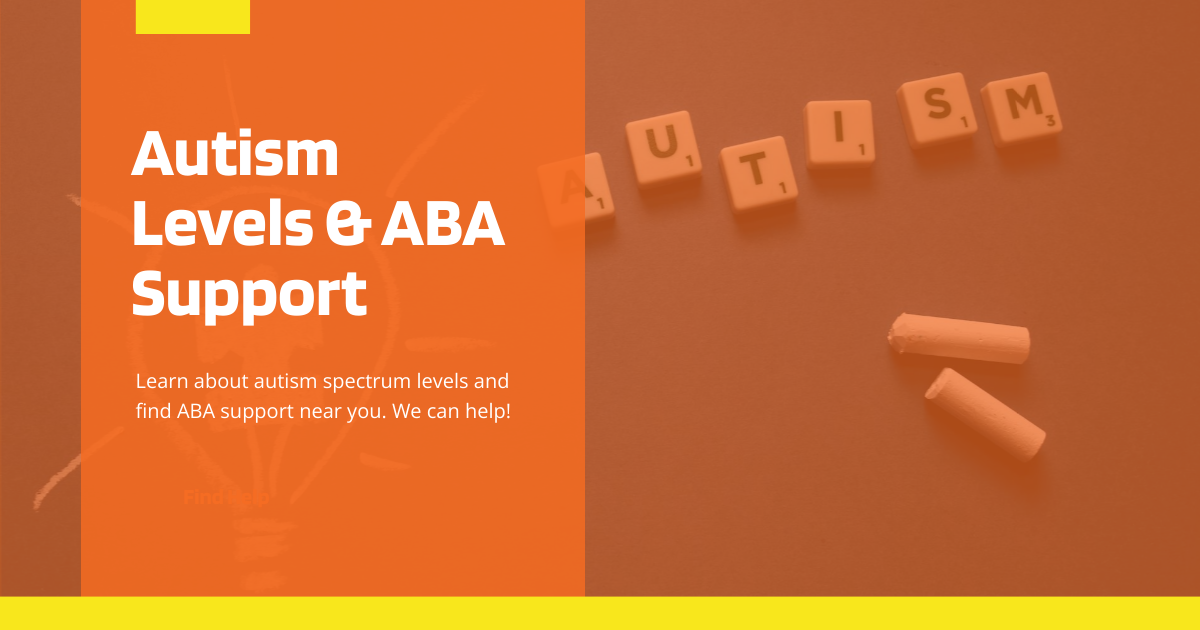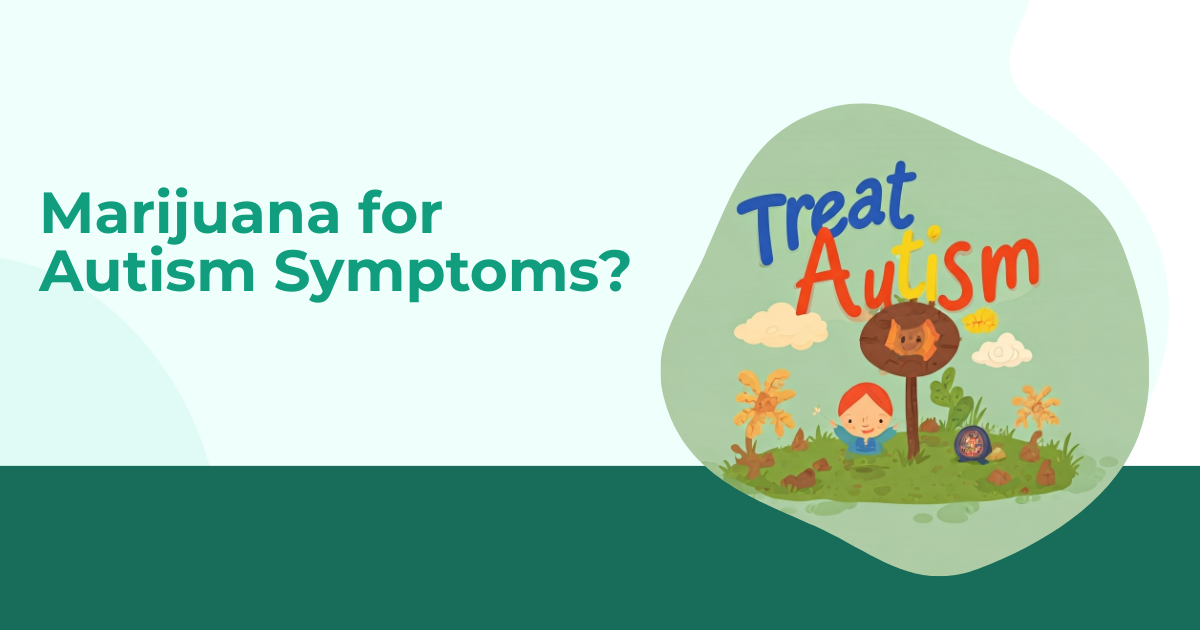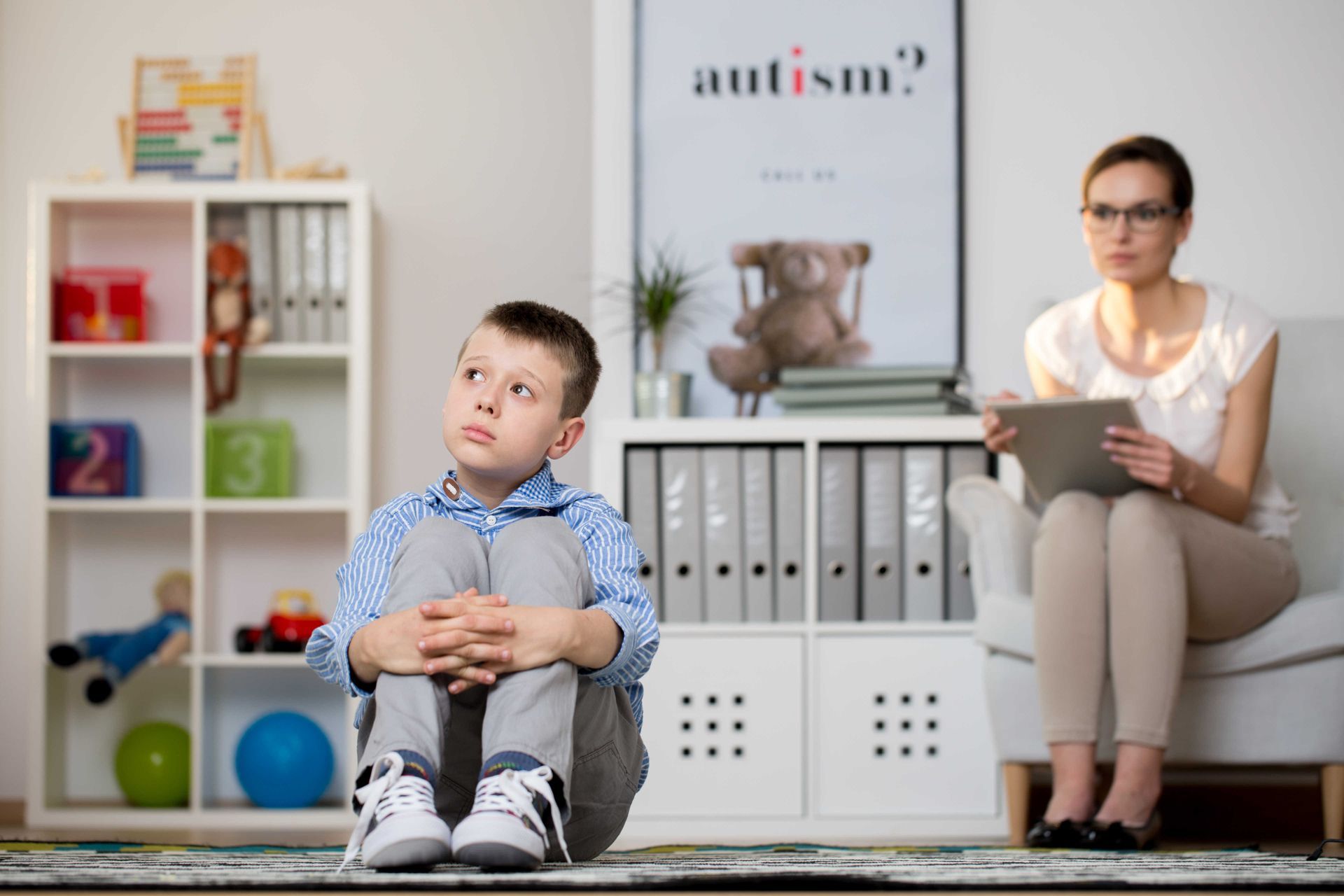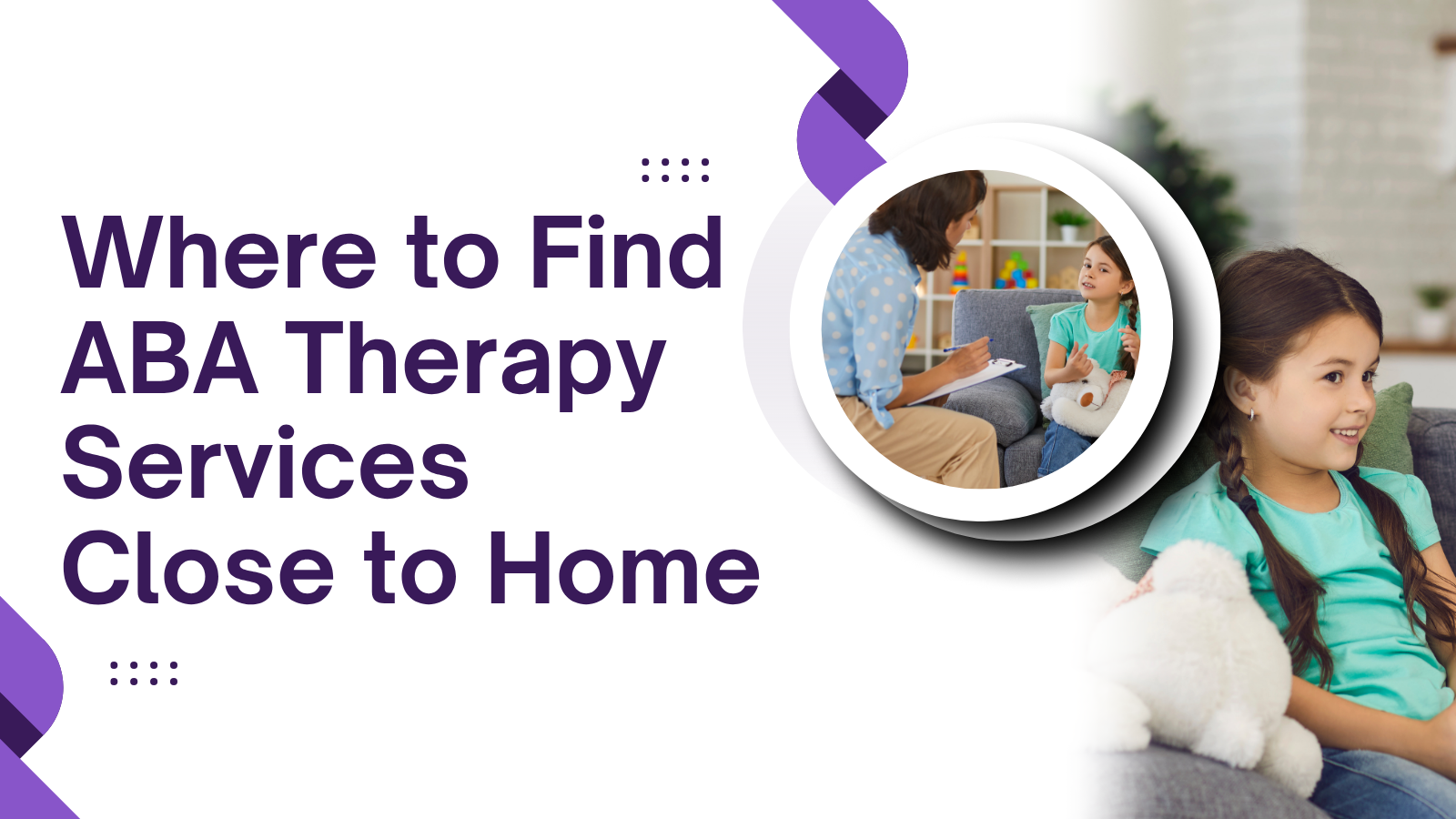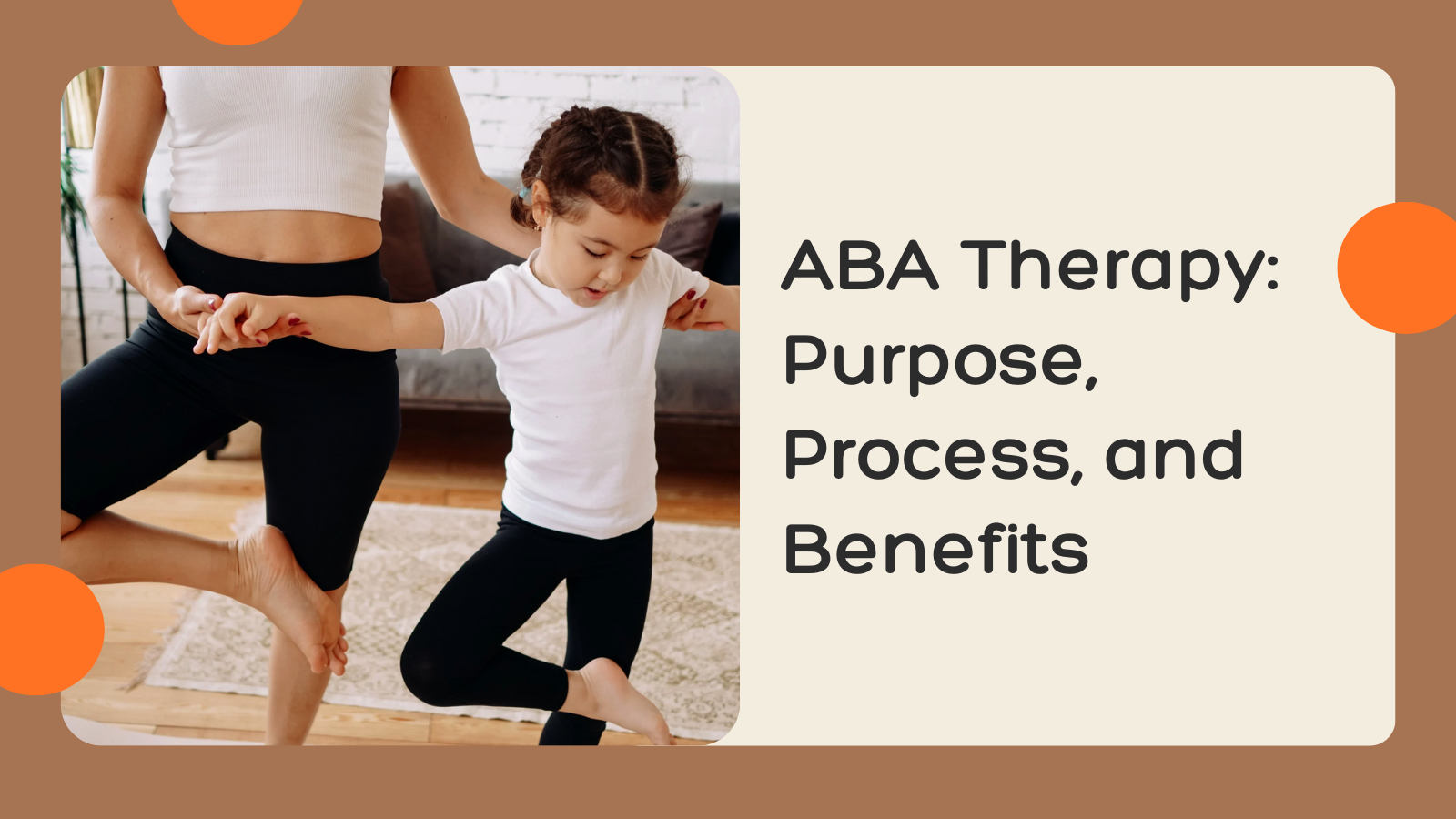Rethinking Autism Treatment with Child-Centered ABA Therapy
Autism Treatment has evolved significantly over the past few decades, especially with the growing recognition that each child’s journey is unique and requires personalized approaches. Among the most widely recognized and effective treatment methods is Applied Behavior Analysis (ABA). However, traditional ABA methods have often been criticized for their one-size-fits-all approach, focusing heavily on structured interventions rather than adapting to the individual needs and preferences of each child.
Today, the landscape of Autism Treatment is shifting towards more child-centered ABA therapy — an approach that respects the individuality of each child, emphasizes collaboration, and incorporates natural learning opportunities. This evolution is making ABA therapy more engaging, effective, and respectful of children’s dignity, opening new doors for families seeking meaningful progress.
Understanding ABA and Its Role in Autism Treatment
Applied Behavior Analysis, or ABA, is a scientifically validated therapy that focuses on improving specific behaviors by using principles of learning and reinforcement. ABA behavior analysis examines the relationship between behavior and environment to promote positive changes and reduce behaviors that interfere with learning or daily life.
ABA autism therapy Maryland providers, for example, are increasingly adopting flexible and personalized ABA methods tailored to each child’s strengths and challenges. The goal is not merely to correct behavior but to build a foundation for lifelong skills — including communication, social interaction, and independent living.
Traditional ABA methods often involve structured sessions with clear targets and reinforcements. While effective for many, this approach may not work equally well for every child, especially if it neglects their interests or comfort zones. This realization has sparked a movement toward child-centered ABA therapy, designed to make treatment more meaningful and less rigid.
What Is Child-Centered ABA Therapy?
Child-centered ABA therapy shifts the focus from therapist-led instruction to a more collaborative, flexible, and engaging approach. Instead of rigid protocols, therapy sessions become dynamic and adaptive, shaped around the child’s preferences, motivations, and natural environment.
Here’s how child-centered ABA differs from traditional ABA:
- Personalized Goals: Rather than following a preset list of skills, therapists develop goals that align with the child’s interests and family priorities.
- Naturalistic Learning: Learning opportunities are embedded in everyday activities, promoting generalization of skills in real-life contexts.
- Collaboration: Families are actively involved in treatment planning and progress monitoring, ensuring the therapy fits their lifestyle and values.
- Flexibility: The therapy adapts to the child’s mood, energy levels, and attention, reducing frustration and resistance.
By prioritizing the child’s experience, child-centered ABA therapy aims to create a supportive and motivating environment that encourages exploration and growth.
Benefits of Child-Centered ABA Therapy in Autism Treatment
This modern take on ABA therapy offers multiple advantages for both children and families seeking Autism Treatment:
Increased Engagement and Motivation
Children respond better when therapy involves activities they enjoy and when they feel a sense of control. Child-centered ABA therapy taps into what motivates the child, making learning feel like play rather than a chore. This leads to more genuine engagement and faster skill acquisition.
Better Generalization of Skills
One common challenge in Autism Treatment is transferring skills learned in therapy to other settings. Since child-centered ABA incorporates naturalistic learning, children practice skills during real-life situations, making it easier to generalize and maintain those skills outside therapy.
Enhanced Family Involvement
Families are a critical part of any Autism Treatment plan. Child-centered ABA encourages caregivers to participate actively, learn strategies, and reinforce skills at home. This partnership leads to more consistent progress and a sense of empowerment for families.
Reduced Resistance and Stress
Traditional, highly structured sessions can sometimes cause frustration for children, leading to resistance. Child-centered approaches reduce stress by allowing for more flexibility, honoring the child’s pace and mood. This can result in a more positive therapy experience.
In Home ABA Therapy: Bringing Treatment to Familiar Spaces
Another crucial development in Autism Treatment is the growing availability of in home ABA therapy. Conducting sessions in a child’s natural environment has distinct benefits that complement the child-centered approach.
When therapy takes place at home, children are surrounded by familiar objects, people, and routines. This comfort can reduce anxiety and distractions, making it easier for children to focus and participate. Additionally, therapists can work directly with family members in the context of everyday life, providing practical guidance on how to support skill development consistently.
In home ABA therapy also improves accessibility, especially for families in Maryland and beyond who may face challenges traveling to clinics. It offers flexibility and continuity, ensuring children receive consistent support tailored to their unique environments.
How ABA Behavior Analysis Supports Child-Centered Therapy
The core principles of ABA behavior analysis remain essential, even as the therapy evolves to be more child-centered. Behavioral principles such as positive reinforcement, task analysis, and data-driven decision-making help therapists identify what works best for each child.
However, in child-centered ABA therapy, these principles are applied with greater sensitivity to the child’s individuality. For example, reinforcement is chosen based on what truly motivates the child, whether it’s a favorite toy, social praise, or a preferred activity. This personalized approach enhances the effectiveness of behavioral strategies.
Additionally, ongoing data collection and analysis guide therapists in adapting the plan in real time, ensuring progress continues without overwhelming the child.
The Role of ABA Autism Therapy Maryland Providers
Maryland has become a hub for innovative ABA autism therapy, with many providers embracing child-centered methods and offering in home ABA therapy options. These providers understand the importance of respecting each child’s uniqueness while delivering scientifically backed interventions.
Choosing the right ABA provider is crucial for families seeking Autism Treatment. Parents should look for teams that emphasize collaboration, flexibility, and naturalistic approaches rather than rigid, compliance-focused models. Providers who involve families in decision-making and tailor programs to individual needs typically see better long-term outcomes.
Practical Steps for Families Considering Child-Centered ABA Therapy
For families exploring Autism Treatment options, here are some practical tips to engage with child-centered ABA therapy effectively:
Research and Ask Questions
Not all ABA therapy is the same. Ask potential providers about their approach to child-centered therapy, how they involve families, and whether they offer in home ABA therapy. Look for credentials, experience, and a philosophy aligned with your family’s values.
Set Collaborative Goals
Work closely with therapists to set goals that matter most to your child and family. This might include communication skills, self-care, social interaction, or academic readiness. The more relevant and meaningful the goals, the more motivated your child will be.
Observe and Participate
Take an active role in therapy sessions, whether in home ABA therapy or clinic-based programs. Learning techniques and strategies will help you support your child’s progress throughout the day.
Communicate Regularly
Maintain open communication with your therapy team. Share observations from daily life, discuss concerns, and celebrate successes. Regular updates ensure the therapy stays aligned with your child’s evolving needs.
Be Patient and Flexible
Every child progresses at their own pace. Child-centered ABA therapy respects this natural rhythm, so patience and flexibility are key. Celebrate small victories and trust the process.
Looking Ahead: The Future of Autism Treatment
As awareness grows about the diversity of needs within the autism community, Autism Treatment continues to evolve. Child-centered ABA therapy represents a compassionate and effective direction, blending scientific rigor with empathy and respect.
With more providers offering personalized, in home ABA therapy options, families have greater access to treatments that honor their child’s individuality. Continued research and innovation promise even more refined approaches, ensuring children receive the support they need to thrive.
Conclusion
In Conclusion, rethinking Autism Treatment through child-centered ABA therapy opens a new chapter in supporting children with autism. By focusing on each child’s unique profile, preferences, and natural environment, this approach makes therapy more effective, enjoyable, and empowering for both children and their families. For those seeking ABA autism therapy Maryland offers many progressive options that reflect this shift — combining the best of science and compassion to help children reach their fullest potential.
Your journey matters—let Able Minds ABA walk it with you. Contact us today.
FAQs
What is child-centered ABA therapy?
Child-centered ABA therapy is an approach that adapts Applied Behavior Analysis (ABA) to fit the individual needs, interests, and natural environment of the child. It emphasizes flexibility, collaboration with families, and learning through everyday activities to make therapy more engaging and effective.
How does child-centered ABA therapy differ from traditional ABA therapy?
Traditional ABA therapy often follows a structured, therapist-led plan focused on specific behavioral targets. Child-centered ABA therapy, in contrast, is more flexible, incorporating the child’s preferences and natural learning opportunities to promote motivation and better skill generalization.
What are the benefits of in home ABA therapy?
In home ABA therapy takes place in the child’s familiar environment, which can reduce anxiety and distractions. It allows therapists to tailor interventions to real-life situations and helps families actively participate in the treatment process, enhancing consistency and progress.
How does ABA behavior analysis support child-centered therapy?
ABA behavior analysis provides the scientific principles behind behavior change, such as positive reinforcement and data-driven decision-making. In child-centered therapy, these principles are applied with sensitivity to the child’s interests and comfort, improving outcomes.
How can families get started with child-centered ABA therapy?
Families should look for ABA providers who emphasize personalized, flexible approaches and involve parents in goal-setting. Asking about in home ABA therapy options and the provider’s philosophy can help ensure the therapy aligns with the child’s and family’s needs.
Is child-centered ABA therapy suitable for all children?
While child-centered ABA therapy is designed to be flexible and adaptable, each child’s needs vary. A qualified ABA provider can assess and tailor the therapy to best support the individual child, making it a widely effective option.
How involved are parents and caregivers in child-centered ABA therapy?
Parents and caregivers play a vital role. Child-centered ABA therapy encourages active family involvement in setting goals, participating in sessions when possible, and reinforcing skills outside of therapy hours.
Can child-centered ABA therapy help with communication and social skills?
Yes. By focusing on meaningful, personalized goals, child-centered ABA therapy supports development in areas such as communication, social interaction, daily living skills, and more, helping children improve their overall quality of life.




